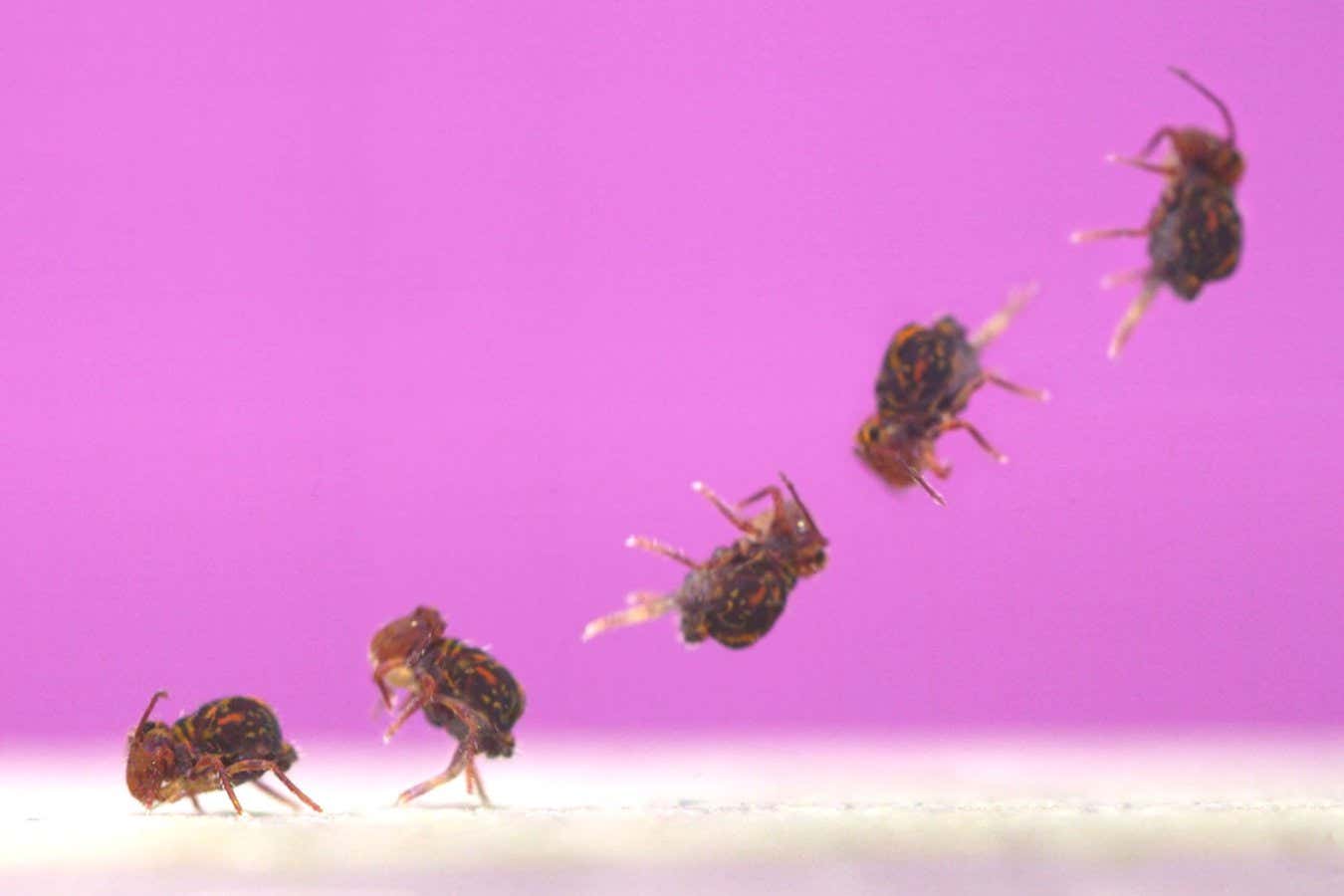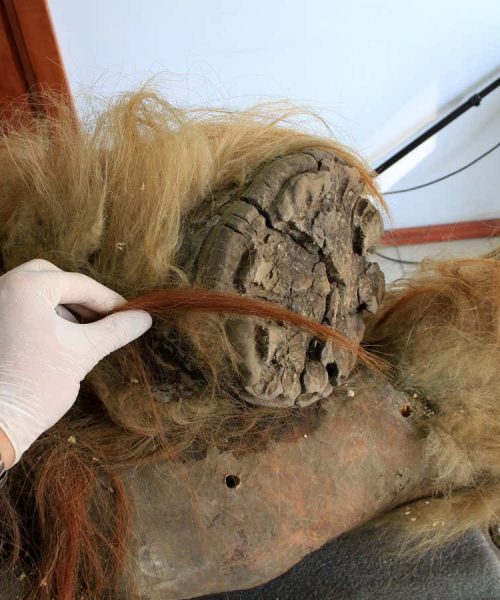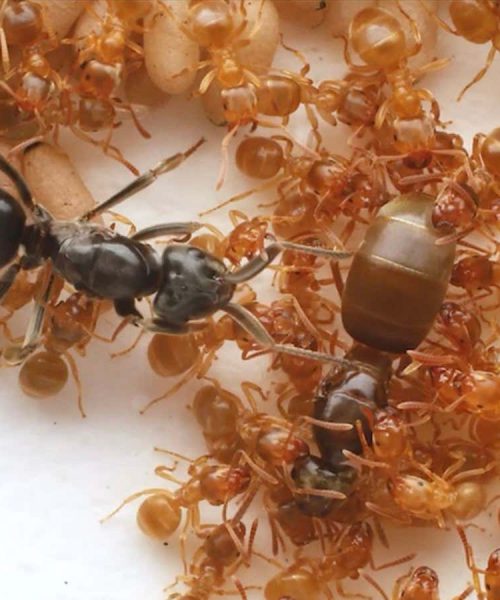
Composite image of a globular springtail jumping
Adrian Smith
High-speed cameras have captured in vivid detail how springtails flip themselves into the air, showing that they spin faster than any animal ever recorded.
Springtails, a type of arthropod in a group related to insects, are millimetres long and found in most places on Earth.
Advertisement
True to their name, the animals use a tail-like appendage called a furca, which folds beneath their bodies, to spring off the ground. The furca unfolds in a flash to catapult the creatures into the air, allowing them to evade predators.
Adrian Smith at North Carolina State University sifted through leaf litter in his backyard to collect mottled orange and brown, round-bodied Dicyrtomina minuta.
“I brought them in the lab and filmed them, and I was amazed at what they did,” says Smith.
Working with Jacob Harrison at the Georgia Institute of Technology in Atlanta, Smith captured dozens of springtail vaults using high-speed cameras. To prompt the arthropods to flip, the researchers put them under a bright light and sometimes gave them a prod with a small paintbrush.
Each jump flung the minuscule acrobats up to 80 body lengths away on an arcing, backward trajectory. The rate of springtails’ spinning surpassed all other animals that have been studied — up to 368 rotations per second.
Smith and Harrison saw that springtails had two ways of landing: an uncontrolled bounce and tumble or an anchored stop made possible by an organ called a collophore, a sticky tube that can attach to the ground.
The scientists are continuing to explore the mechanics of springtail leaps for engineering inspiration. They are also studying the forward flips of plant lice, another arthropod that has evolved rapid escape jumps.
People might think that everything in nature is described and known, says Smith, but this isn’t so. “There’s so many things that are right there in and amongst us that are incredible.”
Topics:





